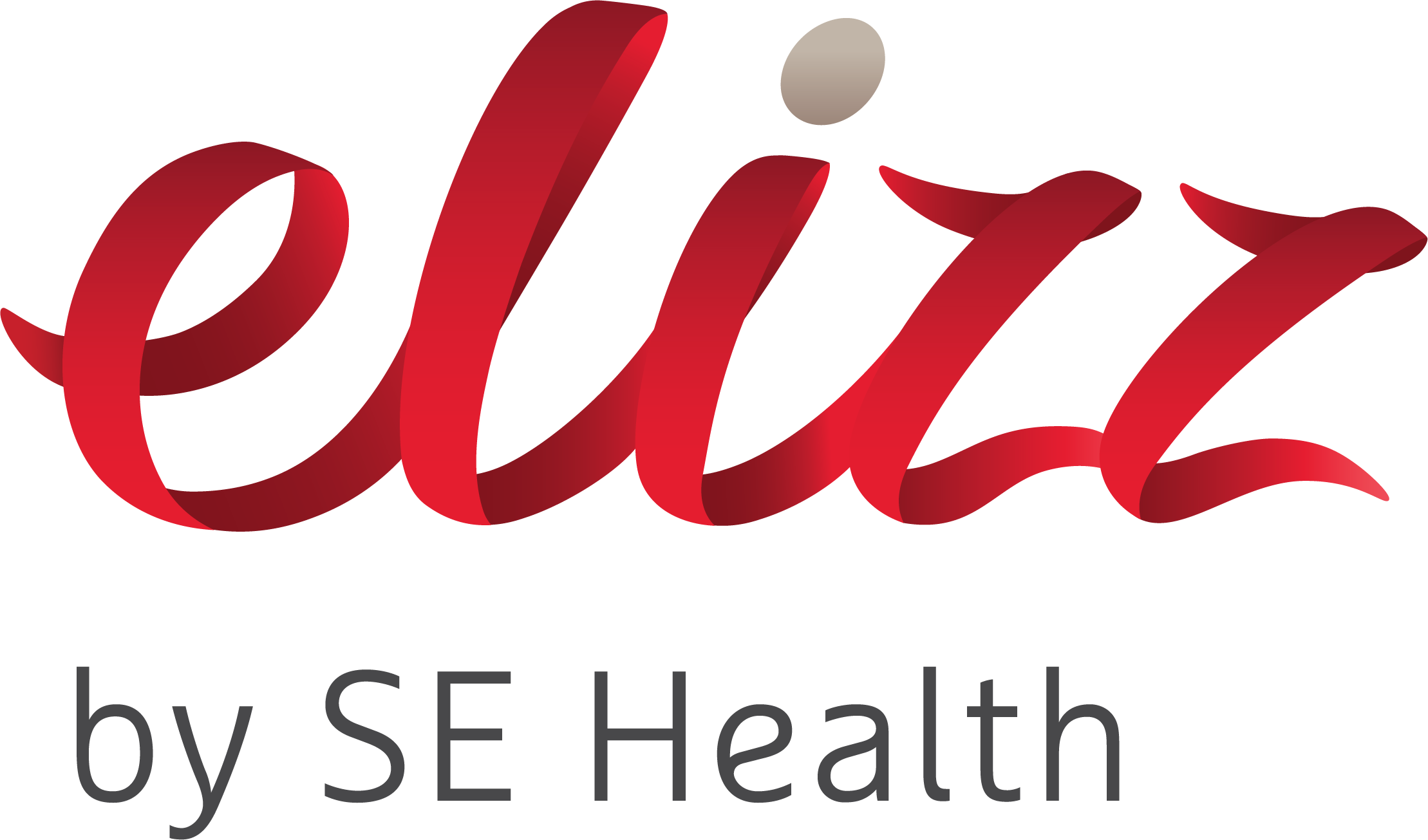Nutrition and wound-healing foods

Think of protein which helps to heal skin and tissue as the bricks. Think of the vitamins, minerals, and carbohydrates as the mortar that helps hold the bricks in place making the wall strong again.
It is important to point out that when someone had an open wound that has since healed, it can take up to two years for the tissues to become strong again. The healed tissue has only 80 percent of its original strength. This makes that area slightly weaker and more prone to injury.
Generally, when a wound is healing, extra proteins are required. The vitamins and minerals that have been identified to be the most beneficial are A, C, E, and Zinc. If the person you are caring for has diabetes, it is important that they have good blood glucose control as this is essential to wound healing.
Wound-healing foods
Foods containing protein and the suggested vitamins and minerals needed for wound healing include:
- Protein: Meat, fish, eggs, beans, milk, yogurt (particularly Greek), tofu, and soy protein products
- Vitamin A: Carrots, orange and dark green leafy vegetables, fortified dairy products, cereals, and liver
- Vitamin C: Citrus fruits and juices, tomatoes, peppers, spinach, broccoli, cauliflower, Brussels sprouts, cabbage, and tomato juice
- Zinc: fortified cereals, seafood, and red meat
Canada’s Food Guide is an excellent resource to help you plan balanced meals.
It’s important to include an item from the meat and alternatives food group of Canada’s Food Guide at every meal. Below is a sample meal plan for increasing the protein and caloric intake of a person who weighs 150 lbs (68 kg). Use this as a guide and make adjustments to suit the needs of the person in your care who has a wound.
Breakfast
2 slices of rye toast (you may substitute with orange juice, broccoli, or cereal)
2 tbsp peanut butter
1 cup milk
Lunch
½ can tuna (approximately 90 grams) on a pita with lettuce and tomato
Banana
1½ cup yogurt
Snack
3 chocolate chip cookies
Tea
Supper
1 chicken breast
1 baked potato with margarine
Coleslaw with light dressing
½ cup cooked carrots
½ cup applesauce
In addition to ensuring that meals contain the best balance of nutrients to promote wound healing, there are other factors that can affect food intake:
- Can the person reach their food/feed themselves or do they need help?
- Do they wear dentures to help with chewing the food? If so, do they fit properly without causing pain or falling out?
- Does the food need to be a certain consistency (e.g. soft, pureed, etc.)?
Here are some general nutritional guidelines to consider when preparing meals that promote wound healing for the person in your care:
- Offer well-balanced meals from a variety of foods
- Include adequate protein to maintain good immune function and lean body mass
- Look for nutritious foods that maintain the weight of the person in your care within a healthy range. Every person has different nutritional needs. Aim to maintain the weight of the person in relation to their height as opposed to achieving an “ideal” body mass index (BMI) number.
- Include vitamin and mineral-rich foods to stay healthy
- Don’t forget fibre and fluid
- Food safety is important!
- EAT WELL AND LIVE WELL
Pressure injuries and nutrition
Pressure injuries, more commonly known as pressure ulcers or bed sores, develop because of injury to the skin and tissues caused by pressure, friction, or shear (damage caused to tissues when the bone moves one way but the skin does not).
Malnutrition has been identified as a risk factor for the development of pressure injuries.
Improving energy and protein intake through the use of oral nutritional supplements (additional 250 kcal per day) is associated with reducing the risk for chair-bound or bedridden older adults who are the most vulnerable for developing pressure ulcers.
A Registered Dietitian can provide a valuable, individualized assessment to identify the nutritional status of the person you are caring for and recommend any additional dietary requirements to support wound healing and overall good health. A doctor can also refer the person you are caring for to a Registered Dietitian.










Good facts. Helped a lot